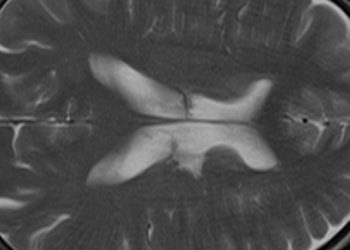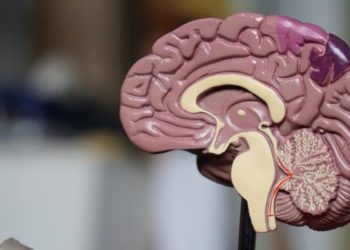Ischemic stroke from cervical artery dissection associated with history of migraine
1. In this case-control study of ischemic strokes in younger adults, stroke from cervical artery dissection (CEAD) was associated with increased prevalence of history of migraine compared to other causes of ischemic stroke.
2. The majority of the observed association was driven by the increased prevalence of migraine without aura in the CEAD group. The association was stronger in male patients and in patients younger than 40 years old.
Evidence Rating Level: 3 (Fair)
Study Rundown: Cervical artery dissection (CEAD) is a leading cause of ischemic stroke (IS) in younger adults, yet the underlying etiology for vessel damage is often unknown in non-traumatic cases. Previous smaller studies have suggested an association between CEAD-IS and migraine history. This study sought to evaluate the link between migraine and CEAD-IS in younger adults from a large registry of ischemic strokes.
Using the Italian Project on Stroke at Young Age (IPSYS), this case-control study found that history of migraine was more common in CEAD-IS than in strokes from other etiologies. The effect was mainly driven by the increased prevalence of migraine without aura. The association was stronger in younger age groups, and in males. Other vascular risk factors were balanced between migraine and non-migraine groups. The strengths of the study included the large cohort population of younger adults with stroke and standardized approach to stroke work-up and migraine diagnosis by study neurologists. Weaknesses included the case-control design, which prevents assessment of causality. The association may have an entirely different unifying link that was not evaluated in the study.
Click to read the study, published in JAMA Neurology
Relevant Reading: Pathophysiology and risk factors of cervical artery dissection: what have we learnt from large hospital-based cohorts?
In-Depth [case-control study]: This study used data from the prospective cohort of patients in the Italian Project on Stroke at Young Age from 2000 to 2015. Patients included in this cohort included all adults 18 to 45 years with first occurrence stroke with radiographic evidence of infarction presenting or referred to one of 26 academic hospitals. Provoked (trauma, iatrogenic, cardiac surgery, etc.) ischemic strokes were excluded. All patients underwent work up for stroke etiology including: Doppler carotid ultrasonography, angiography, hypercoagulation testing, and echocardiography. CEAD was determined by CT or MRI angiography. History of migraine was determined by study physician assessment at presentation and follow-up.
Of the 2485 patients in the IPSYS study 334 (13.4%) were classified as CEAD-IS. The population was young (mean age 36.8 [SD 7.1 years]) with a slight male predominance (53.2%). Migraine was more common in the CEAD-IS group (103 [30.8%] vs 525 [24.4%], P = .01) a difference largely driven by the migraine without aura group (80 [24.0%] vs 335 [15.6%], P < .001). Migraine with aura was not different between CEAD-IS and non-CEAD-IS (21 [6.3%] vs 190 [8.8%], P = .12). In subgroup analysis, the association with CEAD-IS and migraine was stronger for men (OR, 1.99; 95%CI, 1.31-3.04) compared to women (OR, 1.53; 95%CI, 1.04- 2.25) and for the younger age group (OR, 1.82; 95% CI, 1.22-2.71 vs OR, 1.55; 95% CI, 1.04-2.31).
Image: CC/Wiki
©2017 2 Minute Medicine, Inc. All rights reserved. No works may be reproduced without expressed written consent from 2 Minute Medicine, Inc. Inquire about licensing here. No article should be construed as medical advice and is not intended as such by the authors or by 2 Minute Medicine, Inc.







